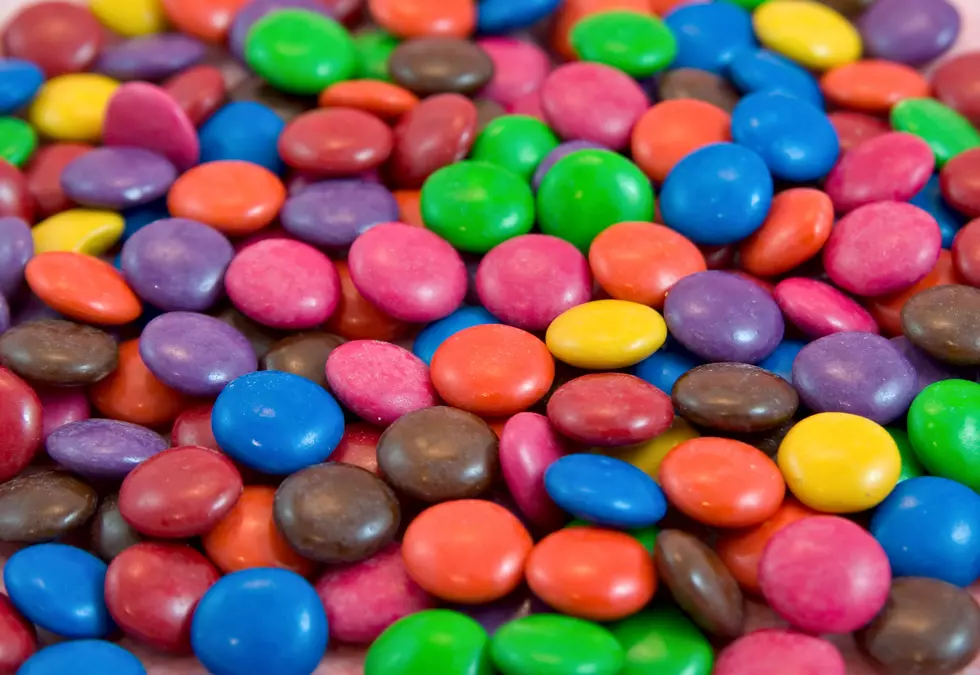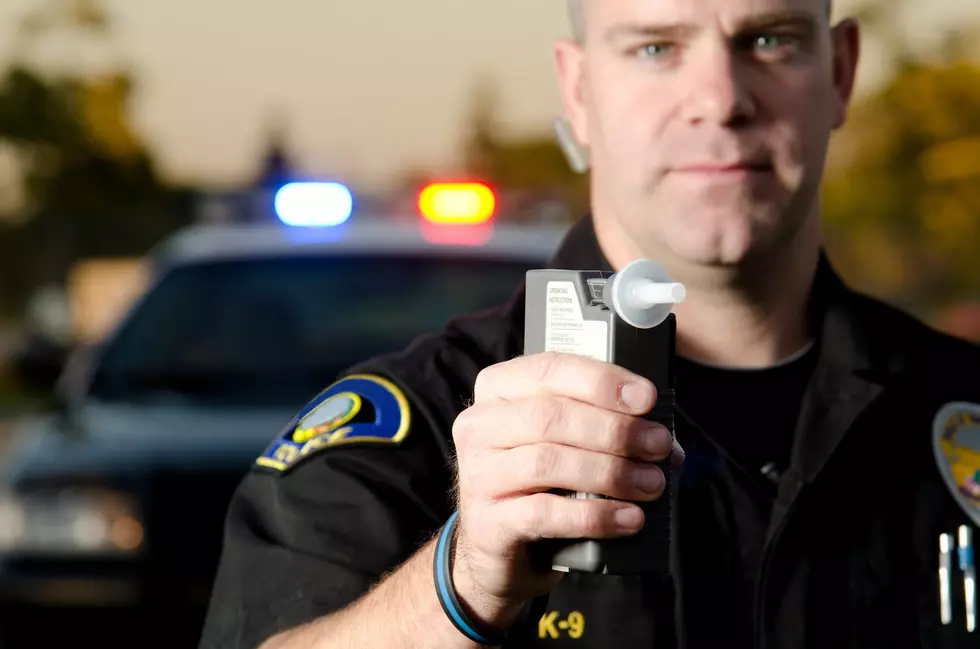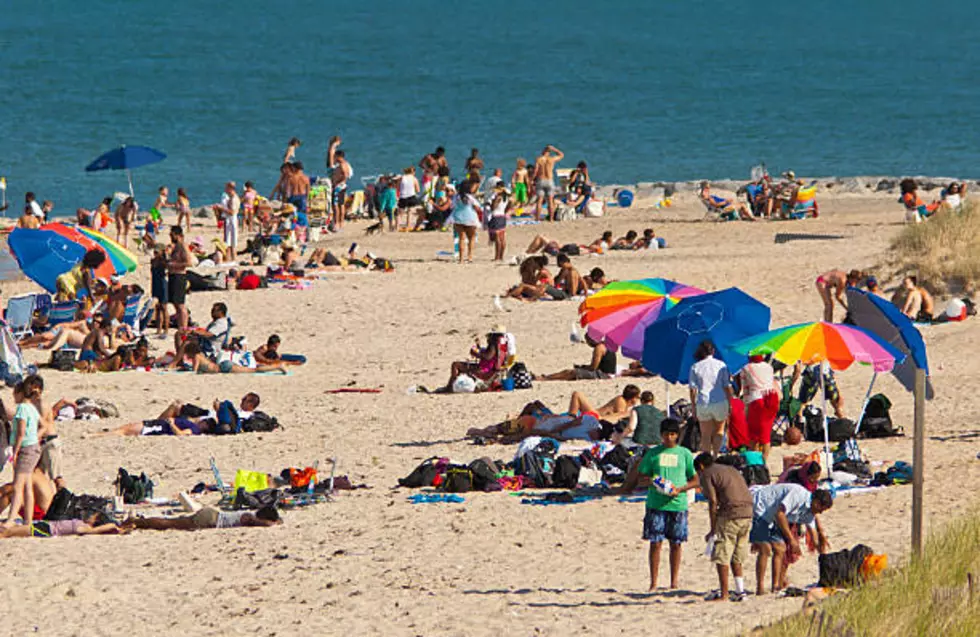
Some Crazy Birds Hang Out In the Berkshires During Winter
At our home here in the country area of Lanesborough, we always see a bunch of birds still hanging around even when we get the snow and winds that sometimes that can be terrible weather.
Because we see so many birds we did invest in a good bird book to figure out what birds we were seeing.
One of the constants so far that you can't miss is blue jays, the only problem with Blue jays is they are bullish with the other birds around the feeders.
Some of the other birds that my hubby Scott and I have seen at the feeders and around our home are Various types of Sparrows, Black-capped chickadees, blue jays (The meanies of the group), Eastern bluebirds, just a few weeks ago we got to see a beautiful northern cardinal, the color red was so vibrant, tufted titmice. We usually have morning doves, but since the weather turned super cold we have not seen them. We also noticed that the smaller birds puff their chest up to keep warm.
Whenever the weather is going to be bad we have noticed that the birds go crazy on the bird feeders, I mean the wind could be whipping 40 mph with gusts higher and they will fly through that to get to the feeder.
If you are interested and watching birds, the Mass Audobon society, do walks and bird watching all over the Berkshires.

LOOK: 30 fascinating facts about sleep in the animal kingdom
LOOK: The most expensive weather and climate disasters in recent decades
More From WUPE









